Filter by

Reckonings :numerals, cognition, and history
Insights from the history of numerical notation suggest that how humans write numbers is an active choice involving cognitive and social factors. Over the past 5,000 years, more than 100 methods of numerical notation--distinct ways of writing numbers--have been developed and used by specific communities. Most of these are barely known today; where they are known, they are often derided as cogni…
- Edition
- -
- ISBN/ISSN
- 9780262360883
- Collation
- 1 online resource (264 pages).
- Series Title
- -
- Call Number
- -
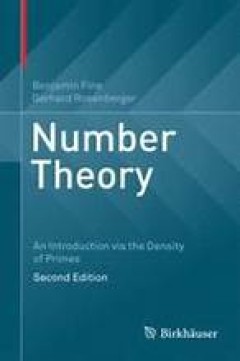
Number Theory
Now in its second edition, this textbook provides an introduction and overview of number theory based on the density and properties of the prime numbers. This unique approach offers both a firm background in the standard material of number theory, as well as an overview of the entire discipline. All of the essential topics are covered, such as the fundamental theorem of arithmetic, theory of co…
- Edition
- 1
- ISBN/ISSN
- 978-3-319-43875-7
- Collation
- Mathematics and Statistics
- Series Title
- -
- Call Number
- 510
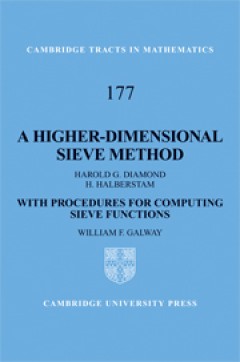
A Higher-Dimensional Sieve Method With Procedures for Computing Sieve Functions
Nearly a hundred years have passed since Viggo Brun invented his famous sieve, and the use of sieve methods is constantly evolving. As probability and combinatorics have penetrated the fabric of mathematical activity, sieve methods have become more versatile and sophisticated and in recent years have played a part in some of the most spectacular mathematical discoveries. Many arithmetical inves…
- Edition
- -
- ISBN/ISSN
- 9780511542909
- Collation
- -
- Series Title
- Cambridge Tracts in Mathematics (177)
- Call Number
- -
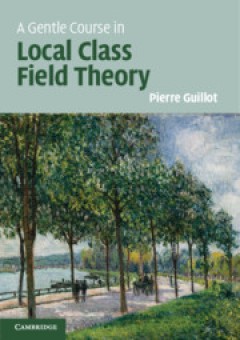
A Gentle Course in Local Class Field Theory
This book offers a self-contained exposition of local class field theory, serving as a second course on Galois theory. It opens with a discussion of several fundamental topics in algebra, such as profinite groups, p-adic fields, semisimple algebras and their modules, and homological algebra with the example of group cohomology. The book culminates with the description of the abelian extensions …
- Edition
- -
- ISBN/ISSN
- 9781108377751
- Collation
- -
- Series Title
- -
- Call Number
- -
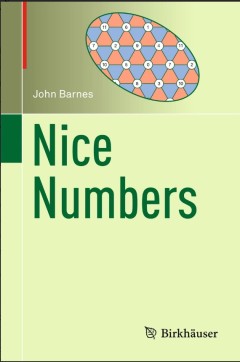
Nice Numbers
In this intriguing book, John Barnes takes us on a journey through aspects of numbers much as he took us on a geometrical journey in Gems of Geometry. Similarly originating from a series of lectures for adult students at Reading and Oxford University, this book touches a variety of amusing and fascinating topics regarding numbers and their uses both ancient and modern. The author informs and…
- Edition
- 1
- ISBN/ISSN
- 978-3-319-46830-3
- Collation
- XIII, 329
- Series Title
- -
- Call Number
- -
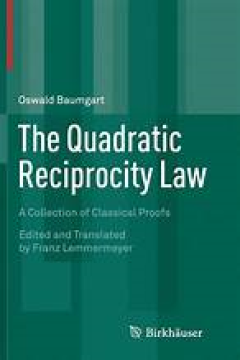
The Quadratic Reciprocity Law
This book is the English translation of Baumgart’s thesis on the early proofs of the quadratic reciprocity law (“Über das quadratische Reciprocitätsgesetz. Eine vergleichende Darstellung der Beweise”), first published in 1885. It is divided into two parts. The first part presents a very brief history of the development of number theory up to Legendre, as well as detailed descriptions of…
- Edition
- 1
- ISBN/ISSN
- 978-3-319-36778-1
- Collation
- XIV, 172, 1 b/w illustrations
- Series Title
- -
- Call Number
- -
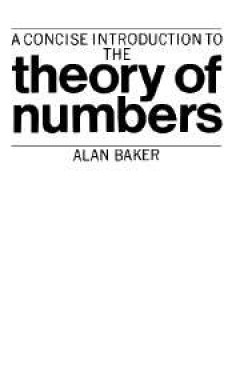
A Concise Introduction to the Theory of Numbers
Number theory has a long and distinguished history and the concepts and problems relating to the subject have been instrumental in the foundation of much of mathematics. In this book, Professor Baker describes the rudiments of number theory in a concise, simple and direct manner. Though most of the text is classical in content, he includes many guides to further study which will stimulate the r…
- Edition
- -
- ISBN/ISSN
- 9781139171601
- Collation
- -
- Series Title
- -
- Call Number
- -
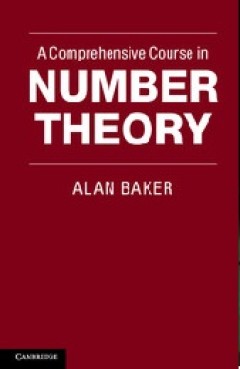
A Comprehensive Course in Number Theory
Developed from the author's popular text, A Concise Introduction to the Theory of Numbers, this book provides a comprehensive initiation to all the major branches of number theory. Beginning with the rudiments of the subject, the author proceeds to more advanced topics, including elements of cryptography and primality testing, an account of number fields in the classical vein including properti…
- Edition
- -
- ISBN/ISSN
- 9781139093835
- Collation
- -
- Series Title
- -
- Call Number
- -

Topics in Algebra and Analysis Preparing for the Mathematical Olympiad
The techniques presented here are useful for solving mathematical contest problems in algebra and analysis. Most of the examples and exercises that appear in the book originate from mathematical Olympiad competitions around the world. In the first four chapters the authors cover material for competitions at high school level. The level advances with the chapters. The topics explored include po…
- Edition
- -
- ISBN/ISSN
- 978-3-319-11946-5
- Collation
- -
- Series Title
- -
- Call Number
- -
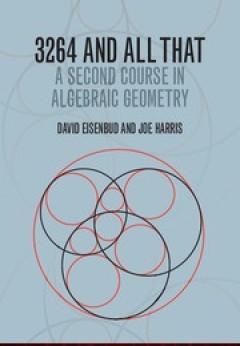
3264 and All That: A Second Course in Algebraic Geometry
This book can form the basis of a second course in algebraic geometry. As motivation, it takes concrete questions from enumerative geometry and intersection theory, and provides intuition and technique, so that the student develops the ability to solve geometric problems. The authors explain key ideas, including rational equivalence, Chow rings, Schubert calculus and Chern classes, and readers …
- Edition
- -
- ISBN/ISSN
- 9781139062046
- Collation
- -
- Series Title
- -
- Call Number
- -
 Computer Science, Information & General Works
Computer Science, Information & General Works  Philosophy & Psychology
Philosophy & Psychology  Religion
Religion  Social Sciences
Social Sciences  Language
Language  Pure Science
Pure Science  Applied Sciences
Applied Sciences  Art & Recreation
Art & Recreation  Literature
Literature  History & Geography
History & Geography